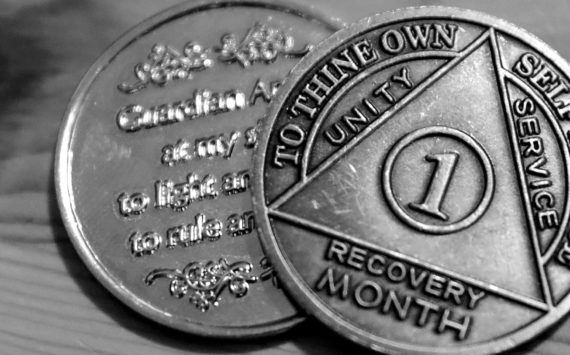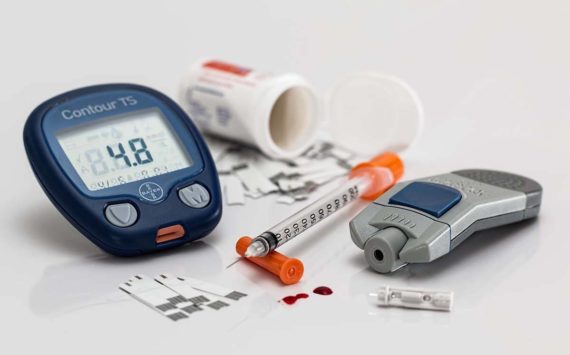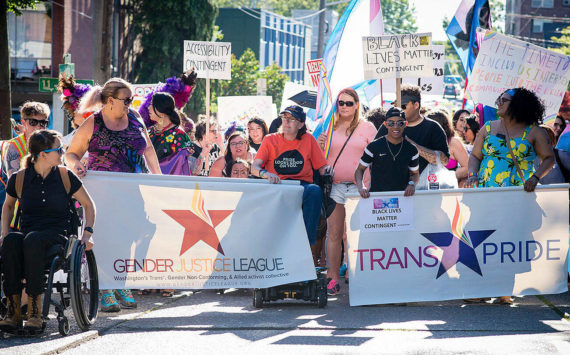With baby pink ribbon insignias and female-focused advertising, it can be easy to forget that breast cancer impacts those beyond cisgender women.
“Any person that has breast tissue of any type should undergo screenings,” said Dr. Jennifer Xiao, M.D., of Inland Imaging, which provides radiology services in the Western Washington region to the Pacific Medical Centers & Polyclinic.
Inland Imaging is a partner of PacMed’s Women’s Diagnostics & Wellness Center. Xiao specializes in breast radiology and assists patients with all things related to breast imagery, such as screening and diagnostic mammograms; those who have lumps or breast concerns; and high risk patients who require extra screening. If breast cancer is detected, biopsies are also conducted to confirm the diagnosis.
The WA Department of Health (DOH) recommends that women over the age of 50 get screened, and that women between the ages of 40 to 49 talk to their healthcare providers about when to start screening. Xiao encourages these open discussions about screening between patients and providers, regardless of gender identity.
“Transgender women have breasts after hormone therapy,” said Xiao, who mentioned how many providers can feel uncomfortable mentioning screening to their Transgender patients.
Xiao acknowledged how much of the concrete data on breast cancer is conducted on cisgender women, but Transgender women are also at an increased risk.
“There are some studies that show that those who receive Transgender hormone therapy for at least five years are at risk of breast cancer,” said Xiao. “It can affect breast development. That peaks generally two to three years after beginning hormone therapy.”
The increased risk of breast cancer for Transgender women can be attributed in part to the hormones, which can grow varying breast densities, said Xiao.
Dense breast tissue is a risk factor for breast cancer. According to Cancer.org, the reasoning is unclear, although it may be because dense breast tissue has more cells that can develop into abnormal cells. Other breast cancer risk factors include family history; genetics, such as BRCA1 or BRCA2 gene mutations; and age.
For Transgender men, the rates of breast cancer differ.
“Hormone therapy and [top] surgeries can lower rates but it’s important to undergo screening because there is a risk of breast cancer if there’s been no surgery,” said Xiao. “If they’ve undergone top surgery, the risk has changed quite a bit.”
Top surgery is sometimes performed on Transgender individuals for masculinization or feminization. For Transgender men, top surgery consists of removing breast or chest tissue (while maintaining the nipple and areola), which is also known as a subcutaneous masectomy.
Although there’s no proven benefit to undergo screening after top surgery is performed on Transgender men, said Xiao, residual breast tissue may remain, which is why she recommends that individuals collaborate with their physicians to create personalized screening recommendations.
Symptoms of breast cancer
The Centers for Disease Control and Prevention (CDC) state that symptoms of breast cancer may differ, but some warning signs include:
- A new lump in the breast or armpit
- Thickening or swelling of part of the breast
- Irritation or dimpling of breast skin
- Redness or flaky skin in the nipple area or breast
- Nipple discharge that isn’t breast milk, including blood
- Any change in the size or shape of the breast
- Pain in any area of the breast
Screenings are crucial when it comes to detection and early treatment of breast cancer, but LGBTQ+ people face barriers when accessing healthcare. Medical mistrust among the LGBTQ+ community stems from discrimination, and LGBTQ+ individuals sometimes put off receiving care due to fear and mistrust of the healthcare system.
“It’s completely understandable that there’s mistrust,” said Xiao. “I think it’s still important for them to understand that the risk is there and screening is meant to help them.”
Xiao said she does her best to make Transgender patients feel more comfortable, and she finds it helpful if patients let the providers know how they can assist.
Although breast cancer is more commonly associated with cisgender women, Xiao said her office continues to work towards inclusive practices through individual and gender neutral bathrooms.
“Lots of places have pink gowns, so we’ve moved away from pink gowns but there are other areas for improvement,” said Xiao.








